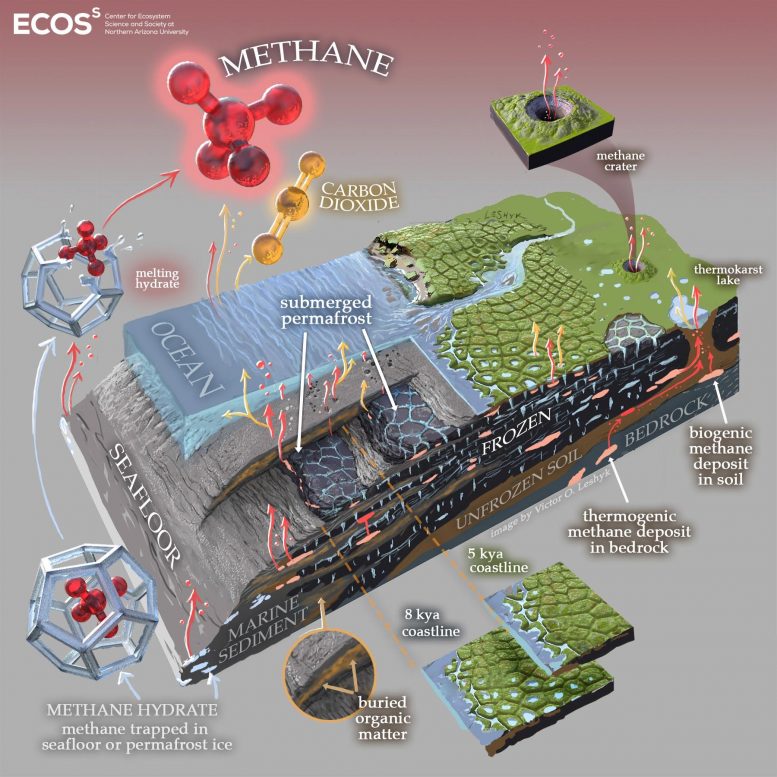
Artistic diagram of the subsea and coastal permafrost ecosystems, emphasizing greenhouse gas production and release. Credit: Original artwork created for this study by Victor Oleg Leshyk at Northern Arizona University.
New research suggests slow but substantial greenhouse gas release from subsea permafrost.
In the far north, the swelling Arctic Ocean inundated vast swaths of coastal tundra and steppe ecosystems. Though the ocean water was only a few degrees above freezing, it started to thaw the permafrost beneath it, exposing billions of tons of organic matter to microbial breakdown. The decomposing organic matter began producing CO2 and CH4, two of the most important greenhouse gases.
Though researchers have been studying degrading subsea permafrost for decades, difficulty collecting measurements and sharing data across international and disciplinary divides have prevented an overall estimate of the amount of carbon and the rate of release. A new study, led by Ph.D. candidate Sara Sayedi and senior researcher Dr. Ben Abbott at Brigham Young University (BYU) published in IOP Publishing journal Environmental Research Letters, sheds light on the subsea permafrost climate feedback, generating the first estimates of circumarctic carbon stocks, greenhouse gas release, and possible future response of the subsea permafrost zone.
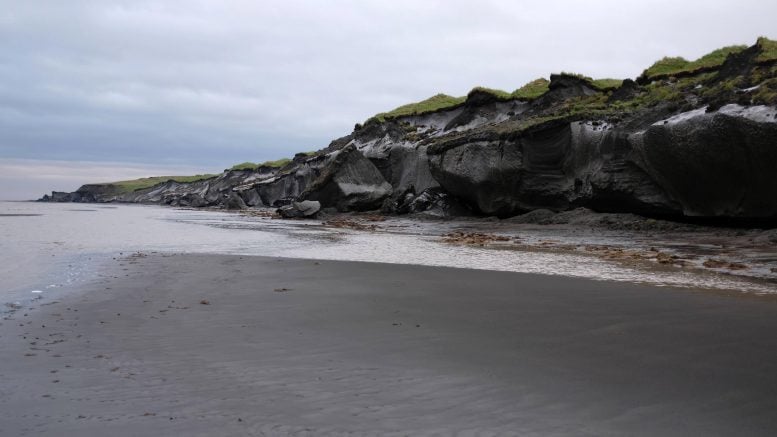
The coastline of the Bykovsky Peninsula in the central Laptev Sea, Siberia retreats during summer, when ice-rich blocks of permafrost fall to the beach and are eroded by waves. Credit: 2017, P. Overduin
Sayedi and an international team of 25 permafrost researchers worked under the coordination of the Permafrost Carbon Network (PCN), which is supported by the U.S. National Science Foundation. The researchers combined findings from published and unpublished studies to estimate the size of the past and present subsea carbon stock and how much greenhouse gas it might produce over the next three centuries.
Using a methodology called expert assessment, which combines multiple, independent plausible values, the researchers estimated that the subsea permafrost region currently traps 60 billion tons of methane and contains 560 billion tons of organic carbon in sediment and soil. For reference, humans have released a total of about 500 billion tons of carbon into the atmosphere since the Industrial Revolution. This makes the subsea permafrost carbon stock a potential giant ecosystem feedback to climate change.
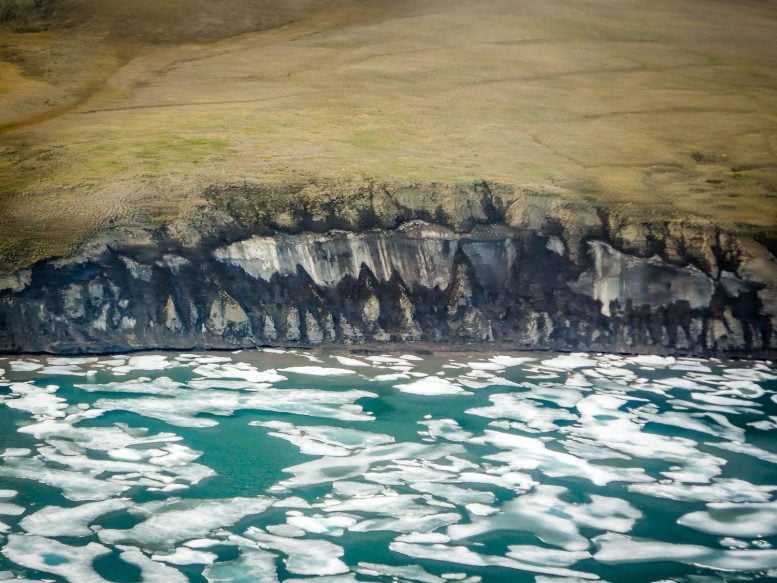
The coastline of the Bykovsky Peninsula in the central Laptev Sea, Siberia retreats during summer, when ice-rich blocks of permafrost fall to the beach and are eroded by waves. Credit: 2017, P. Overduin
“Subsea permafrost is really unique because it is still responding to a dramatic climate transition from more than ten thousand years ago,” Sayedi said. “In some ways, it can give us a peek into the possible response of permafrost that is thawing today because of human activity.”
Estimates from Sayedi’s team suggest that subsea permafrost is already releasing substantial amounts of greenhouse gas. However, this release is mainly due to ancient climate change rather than current human activity. They estimate that subsea permafrost releases approximately 140 million tons of CO2 and 5.3 million tons of CH4 to the atmosphere each year. This is similar in magnitude to the overall greenhouse gas footprint of Spain.
The researchers found that if human-caused climate change continues, the release of CH4 and CO2 from subsea permafrost could increase substantially. However, this response is expected to occur over the next three centuries rather than abruptly. Researchers estimated that the amount of future greenhouse gas released from subsea permafrost depends directly on future human emissions. They found that under a business-as-usual scenario, warming subsea permafrost releases four times more additional CO2 and CH4 compared to when human emissions are reduced to keep warming less than 2°C.
“These results are important because they indicate a substantial but slow climate feedback,” Sayedi explained. “Some coverage of this region has suggested that human emissions could trigger catastrophic release of methane hydrates, but our study suggests a gradual increase over many decades.”
Even if this climate feedback is relatively gradual, the researchers point out that subsea permafrost is not included in any current climate agreements or greenhouse gas targets. Sayedi emphasized that there is still a large amount of uncertainty about subsea permafrost and that additional research is needed.
“Compared to how important subsea permafrost could be for future climate, we know shockingly little about this ecosystem,” Sayedi said. “We need more sediment and soil samples, as well as a better monitoring network to detect when greenhouse gas release responds to current warming and just how quickly this giant pool of carbon will wake from its frozen slumber.”
Summary of the key scientific points:
- Subsea permafrost has been thawing since the end of the last glacial period (~14,000 years ago) when it began to be inundated by the ocean
- An international team of 25 permafrost researchers estimate that the subsea permafrost region currently traps 60 billion tons of methane and 560 billion tons of organic carbon in sediment and soil. However, the exact amount of these carbon stocks remains highly uncertain.
- This carbon is already being released from the subsea permafrost region, though it remains unclear whether this is a natural response to deglaciation or if anthropogenic warming is accelerating greenhouse gas production and release.
- The researchers estimate that currently, the subsea permafrost region releases approximately 140 million tons of CO2 and 5.3 million tons of CH4 to the atmosphere each year. This represents a small fraction of total anthropogenic greenhouse gas emissions–approximately equal to the greenhouse gas footprint of Spain.
- Experts predict a gradual increase in emissions from subsea permafrost over the next three hundred years rather than an abrupt release.
- The amount of greenhouse gas increase depends on how much human emissions are reduced. Experts estimate that approximately ¾ of the extra subsea emissions can be avoided if humans actively reduce their emissions compared to a no mitigation scenario.
- This climate feedback is still virtually absent from climate policy discussions, and more field observations are needed to better predict the future of this system.
Quotes from other co-authors:
“I think there are three important messages from this study. First, subsea permafrost is probably not a climate time bomb on a hair-trigger. Second, subsea permafrost is a potentially large climate feedback that needs to be considered in climate negotiations. Third, there is still a huge amount that we don’t know about this system. We really need additional research, including international collaboration across northern countries and research disciplines.”
— Dr. Ben Abbott, senior researcher on the project, Brigham Young University
“This work demonstrates the power of science synthesis and networking by bringing together experts across a range of disciplines in order to assess our state of knowledge based on observations and models currently available. While scientific work will continue to be done to test these ideas, bringing knowledge together with this expert assessment provides an important baseline for shaping future research on subsea permafrost greenhouse gas emissions.”
— Dr. Ted Schuur, Lead investigator of the Permafrost Carbon Network, Northern Arizona University
“This expert assessment is a crucial contribution to the scientific literature in advancing our knowledge on subsea permafrost and potential greenhouse gas emissions from this so far understudied pool. Bringing together scientists from multiple disciplines, institutions, and countries has made it possible to move beyond individual data points or studies providing a much more comprehensive estimate of subsea permafrost.”
— Dr. Christina Schädel, Co-Investigator of the Permafrost Carbon Network, Northern Arizona University
Reference: “Subsea permafrost carbon stocks and climate change sensitivity estimated by expert assessment” by Sayedeh Sara Sayedi, Benjamin W Abbott, Brett F Thornton, Jennifer M Frederick, Jorien E Vonk, Paul Overduin, Christina Schädel, Edward A G Schuur, Annie Bourbonnais, Nikita Demidov, Anatoly Gavrilov, Shengping He, Gustaf Hugelius, Martin Jakobsson, Miriam C Jones, DongJoo Joung, Gleb Kraev, Robie W Macdonald, A David McGuire, Cuicui Mu, Matt O’Regan, Kathryn M Schreiner, Christian Stranne, Elena Pizhankova, Alexander Vasiliev, Sebastian Westermann, Jay P Zarnetske, Tingjun Zhang, Mehran Ghandehari, Sarah Baeumler, Brian C Brown and Rebecca J Frei, 22 December 2020, Environmental Research Letters.
DOI: 10.1088/1748-9326/abcc29
This research was funded by the U.S. National Science Foundation and by BYU Graduate Studies.






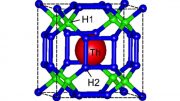

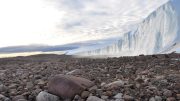
The monster slowly awakens…. 300 years is still very fast on geological timescale.